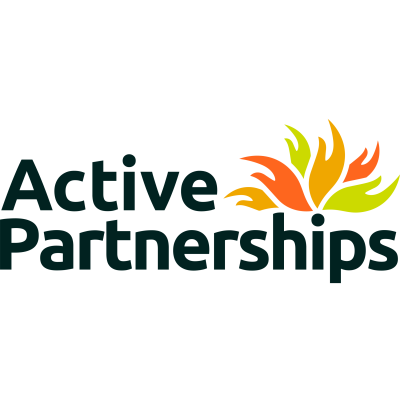What the recent crisis has brought us is the need to be bold and challenge our traditional ways of doing things. The focus has been on urgently meeting need, getting the job done and adapting to the environment; this kind of innovation would normally take decades and considerable funding to put in place.
This pace of change has been community led and driven largely by existing digital platforms, which have been the focus for collaboration, community effort and immediate action. We at Active Lancashire have developed our successful #ALittlebitmoreathome campaign, supporting communities through Twitter, Facebook and Whatsapp to get active, celebrate their achievements and keep motivation levels high through peer support.
My question is; what does this mean for the sports sector: particularly our traditional sports clubs and structures; will this learning become redundant as we progress back to our usual routines or will providers adapt to this changed environment and take advantage of mass engagement in physical activity during the crisis by our communities, securing a future role for themselves?
The digital breakthrough has led the call to arms with mass participation events proliferating in a virtual, socially distanced world, it’s taken sports lessons and classes on line (very successfully) and is creating a largely positive narrative about activity and achievement is good; Colonel Tom teaches us that this movement has spanned all ages and a range of abilities.
We must not forget that around 1 in 6 of our population are not digitally enabled and not everyone is a digital native, so this does beg the question about populations of our communities being left behind; generally the most disadvantaged with the most to gain from being more active. This clearly is an aspect that if the benefits of being active are to be brought to our communities we need to get right; Government and charity investment needs to focus on digital inclusion if this benefit is to be universal and not to amplify inequalities.
So where does that leave our traditional (non digital) sports sector offer; there is a real danger that our clubs and coaches delivering our traditional community sport offer will return and retreat to previous models of delivery and not benefit from the learning of this digital mass engagement and activity experiment.
Clearly, in spite of Sport England support, when we return to our new normal, there will be community sports clubs and providers that have not been able to survive the crisis and adopters and pioneers that will have flourished. I believe the survivors and the pioneers will form a mixed economy of sporting offer; a more diverse offer with traditional providers alongside a dynamic set of innovators and leaders serving a market segment that the COVID crisis has created.
This next year will show whether the digital innovations in our sector will stick, or whether clubs and providers will be more cautious and return to business as usual; will they be bold and take risks? I hope so, as opportunities for transformational change like this don’t come along too often (thankfully) and create such innovative benefits and learning; let’s not slip back to where we were before.
I would like to hear your thoughts on how we as Active Lancashire could support the sports sector community providers through #ALittlebitmoreathome and BOOST's #AskForHelp campaign to develop their offer as a digital offer and how we could ensure that becomes a core component of how they deliver their services to communities. We would welcome your thoughts and feedback.
Adrian Leather
Chief Executive




